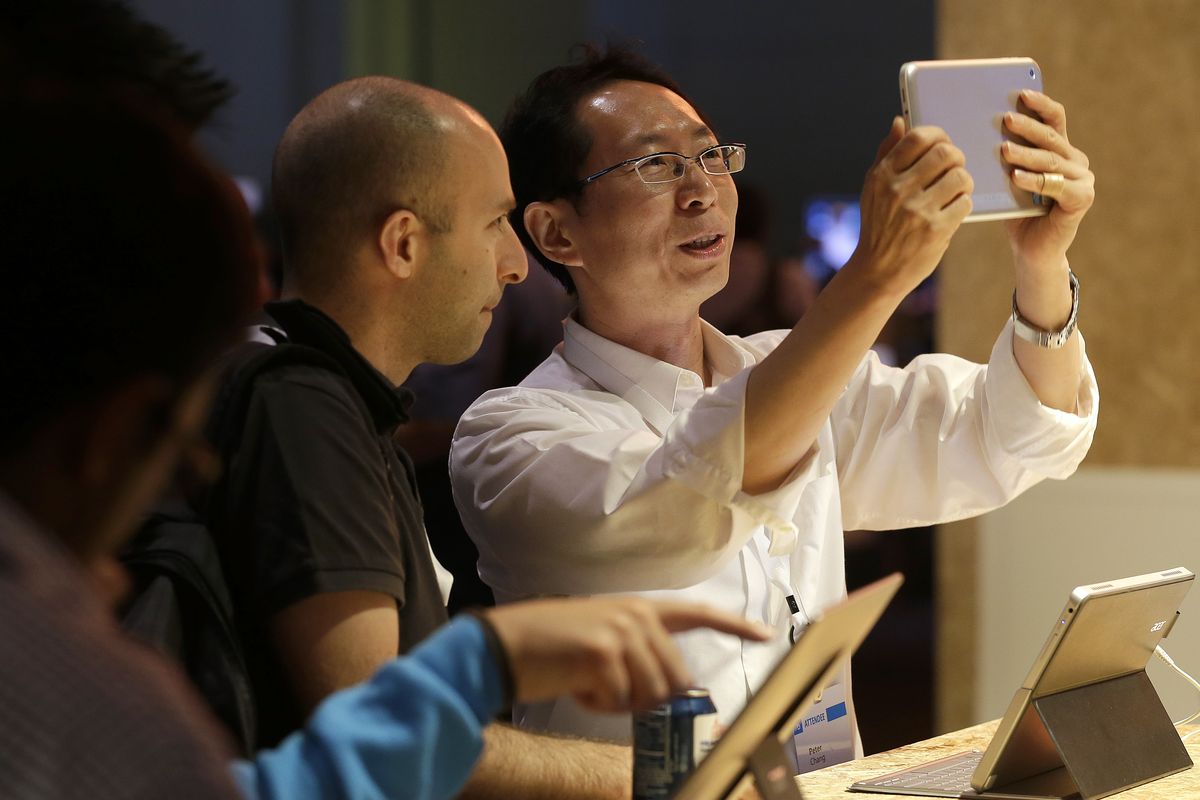Microsoft revises Windows 8
Windows 8.1 will combine Desktop and Modern systems

SAN FRANCISCO – Microsoft is trying to avert slumping PC sales and growing criticism of its flagship operating system with the release of a revised version of Windows 8.
On Wednesday, Microsoft made a preview version of Windows 8.1 available for download. It includes alterations meant to address consumer dissatisfaction with the operating system. Analysts believe users’ frustration with Windows 8 is partly to blame for the biggest drop in personal computer sales in nearly two decades.
At a conference in San Francisco, Microsoft CEO Steve Ballmer acknowledged that the company pushed hard to get people to adopt a radical new tile-based “Modern” user interface in Windows 8. Microsoft is now back-pedaling, making it easier to reach and use the older “desktop” interface.
“Let’s make it easier to start applications the way we’re used to,” Ballmer told the audience of software developers. “What we will show you today is a refined blend of our Desktop experience and our Modern experience.”
Windows 8, released Oct. 26, was Microsoft’s answer to changing customer behavior and the rise of tablet computers. The operating system emphasizes touch controls over the mouse and the keyboard, which had been the main way people have interacted with their personal computers since the 1980s.
Microsoft and PC makers had been looking to Windows 8 to revive sales of personal computers, but some people have been put off by the radical makeover. Research firm IDC said the operating system actually slowed down the market. Although Microsoft says it has sold more than 100 million Windows 8 licenses so far, IDC said worldwide shipments of personal computers fell 14 percent in the first three months of this year, the worst since tracking began in 1994.
Windows 8 was also supposed to make Microsoft more competitive in the growing market for tablet computers. But Windows tablets had less than a 4 percent market share in the first quarter, compared with 57 percent for Android and 40 percent for Apple’s iPad.
Among the changes present in Windows 8.1, users will be able to boot up in Desktop mode. There, they’ll find a button that resembles the old Start button. It won’t take users to the old Start menu, but to the new “Modern” Windows 8 start screen. Still, the reintroduction of the familiar button may make it easier for longtime Windows users to get accustomed to the changes. A common complaint about Windows 8 is it hides features and functions, and replaces buttons with gestures and invisible click zones that have to be memorized.
Other new features of Windows 8.1 include more options to use multiple apps. People will be able to determine how much of the screen each app takes while showing up to four different programs, rather than just two. The update will also offer more integrated search results, showing users previews of websites, apps and documents that are on the device, all at once.
Microsoft also touted a broadening array of applications specifically written for Windows 8, among them one from Facebook.
Frank Gillett, an analyst with research firm Forrester, said that with 8.1, Microsoft is doing a better job of uniting the Desktop and Modern screens, but the changes don’t run deep.
“They smoothed off some rough edges, but they don’t fundamentally change the experience of having two experiences within one operating system,” he said.
The preview version of Windows 8.1 is meant for Microsoft’s partners and other technology developers, but anyone can download it. The release comes exactly eight months after desktops, laptops and tablets with Windows 8 went on sale. The version of the Windows 8.1 update meant for the general public will come later in the year, though the company hasn’t announced a specific date.